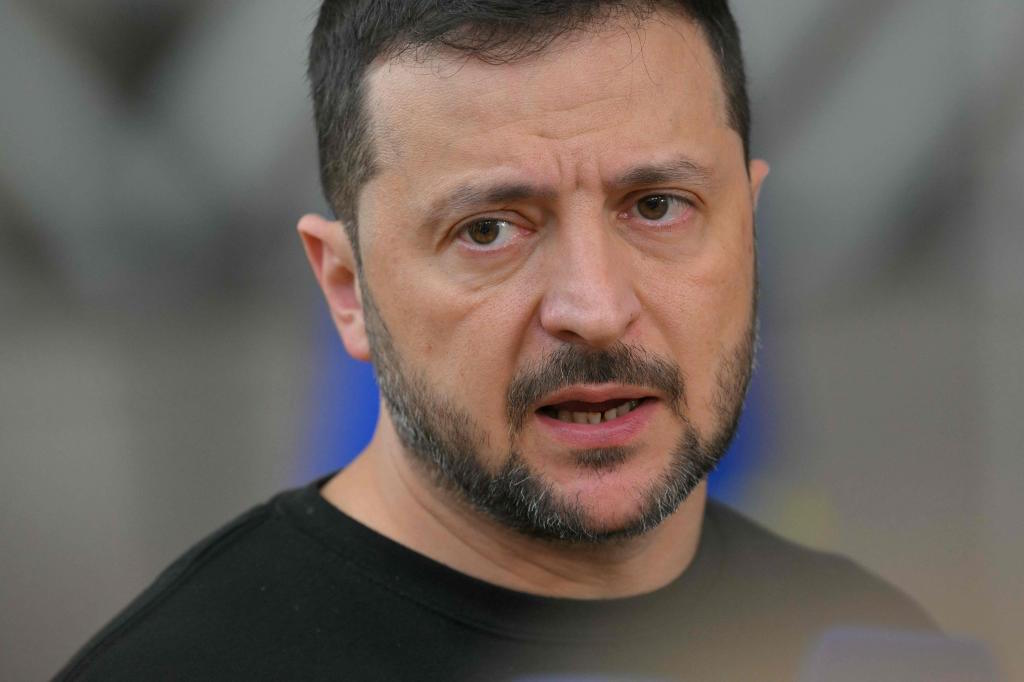The President of Ukraine, Volodymyr Zelensky, offered some insights into his peace plan on Wednesday, known as the "Victory Plan." The main aspect is that it is precisely based on achieving a quick and decisive victory against Russia under certain conditions: urgent shipment of more weaponry and the removal of red lines to increase pressure on Russia. Additionally, he calls for forcing the Kremlin to negotiate, while offering longer-term benefits to allies of their alliance with Kyiv in both the economic and security fields.
The fundamental problem with this project is that it is currently not receiving support from its main allies. Neither Washington nor European countries like Germany are willing to lift the veto on attacks on Russia with the weaponry provided by them, leading to the need to renegotiate the plan to reach a consensus.
As explained by Zelensky in a speech delivered on Wednesday to the Ukrainian Parliament, the military aspect of the plan includes a list of requests for weaponry to their partners that would allow the Ukrainian Army to open more fronts in Russian territory like the one opened in early August in the Kursk region. In recent days, their army attacked a border city in Belgorod.
Another issue is the recruitment of young Ukrainians. Kiev's allies are asking them to lower the current age from 25 to 18 to bear arms, but Zelensky is currently refusing. According to Kiev, if they do not have Western weaponry to rearm these new brigades, it does not make sense to risk the youth of Ukraine (a country with a demographic severely affected by the fall of the USSR).
According to Zelensky, increasing military pressure on the Russian Federation would weaken the Kremlin's war machinery and increase the discontent of the Russian population with their President, Vladimir Putin, as reported by Efe. The Ukrainian plan also requests the United States, United Kingdom, France, Italy, and Germany to deploy non-nuclear strategic weaponry in Ukraine to deter Moscow from escalating the intensity of its attacks and even push it to end the war if the measure is taken before the cessation of hostilities. In this context, Australia announced on Wednesday the immediate delivery of 49 Abrams M1A1 tanks to Kiev.
Along with these military requests, the "Victory Plan" calls for Ukraine to immediately receive a firm invitation to join NATO once the conflict ends, which according to Zelensky would show Putin that he "has lost the geostrategic battle." In terms of the benefits offered to allies in the document, there is a proposal for an agreement whereby the United States, the European Union (EU), and other preferential partners of Kiev would benefit in the short, medium, and long term from the natural resources and other economic advantages that Ukraine offers.
Leveraging the acquired war experience, Ukraine offers to become a guarantor of security on the continent and even replace the troops currently deployed by the US in European soil that ensure security.
The proposal is a nod to the more isolationist or China-concerned sectors of the United States, who - following the lead of former President and Republican presidential candidate Donald Trump - have been skeptical about the Ukrainian cause and advocate for Europe to take responsibility for its own defense.
As he had done before publicly presenting the document's content, Zelensky reiterated in Parliament that the "Victory Plan" should serve to increase pressure on Russia to force Moscow to sit down for negotiations at an international summit that Kiev hopes to organize by the end of the year.
The summit aims to attract the largest number of participating countries and must revolve around the so-called Ukrainian Peace Formula, a 10-point document that demands the Russian withdrawal from all territories within the Ukrainian borders of 1991. In his speech to Parliament, Zelensky reaffirmed that Ukraine is not willing to cede territories to achieve peace, and he assured that the war could end next year if their allies implement the Victory plan. Zelensky presented his plan to US President Joe Biden at the end of September and is now sharing the document with other countries supporting Ukraine.
